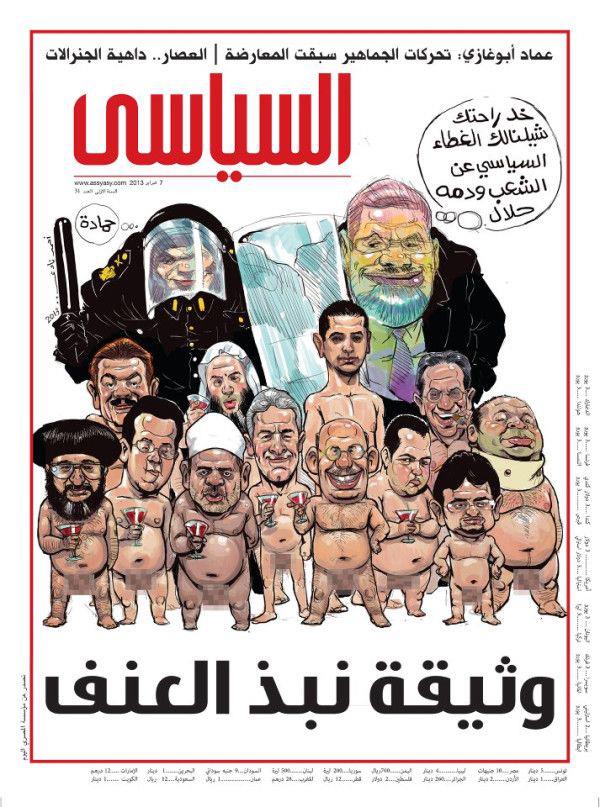Jon Lee Anderson:
As its leaders present and former grapple with their legacies, Egypt, no longer a regional leader of any sort, is mired in a miasma of self-made miseries, a nation best known for its corruption, poverty, and the absence of the rule of law. The 2011 “revolution” that seemed to have pulled it briefly from its steadfast implosion seems not only to have come and gone but to have been a mirage.
Tragically, Cairo’s Tahrir Square is likely to be remembered as a place where hopes were raised for democratic change, only to have those hopes dashed by the country’s perennial powers-that-be. The decision by Egypt’s judiciary to kill Morsi is not only a crudely cartoonish attempt at the implementation of justice; it defies even the kind of canny political logic that one might expect from a military élite like Egypt’s. If Egypt’s generals thought that brutality would buy them control, they didn’t get it. In the Sinai, ISIS now runs amok, seizing police posts and massacring captives. As for the heroes of the country’s Arab Spring, so vaunted by the West during that fateful spring of 2011, most have left the country, been killed, or are themselves in prison. The farcical show trials, in which Morsi and other former senior officials are exhibited in courtrooms in cages, covered with soundproofed glass so that they cannot be heard shouting, must be seen for what they are, alongside a myriad of arbitrary arrests and detentions, including of journalists.
